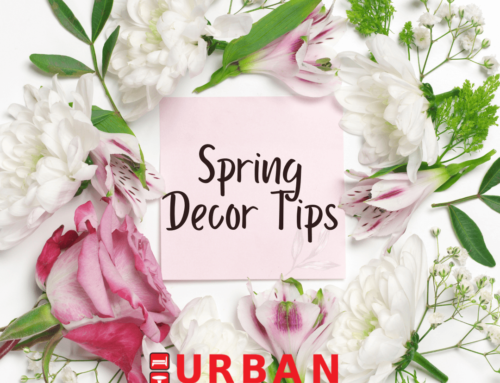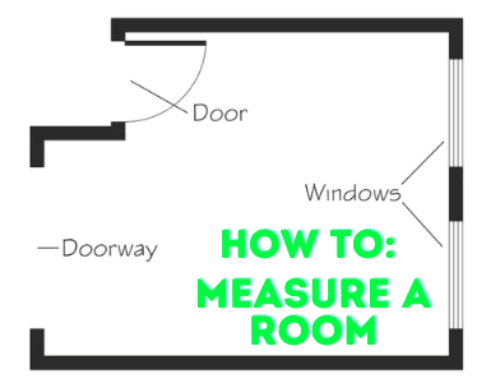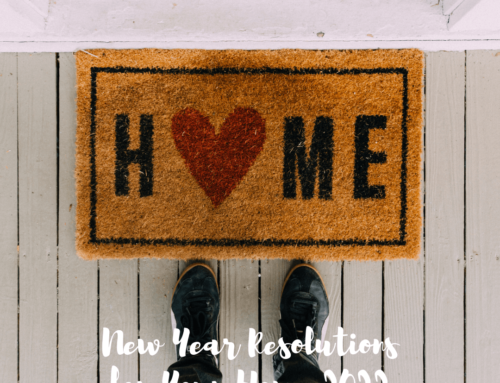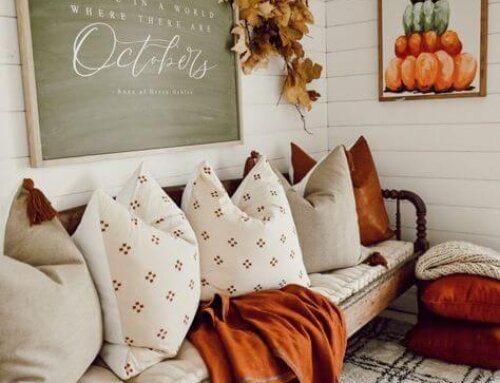Pets are more than just animals. Our furry, feathered, and finned friends require time, attention, and as safe and comfortable a home as we do. Most people don’t think about pets when buying or building houses—not even the pet owners themselves. Over half of all homes have pets living in them, but animals are still an afterthought when it comes to home improvements. What really needs to be understood is that much more than just creating the world’s most pet-friendly house it’s about making people think of pets with importance rather than as possessions or even disposable.
When you’re planning a home for both you and your pets, consider their particular needs. Think about whether you’re putting your door-dashing dog on a high-traffic street. Will your protective pup go postal on guests? How can you make your multi-story home comfortable for your elderly dog? What common household items are hazardous to pets and not humans? Keep reading to learn what you should be looking for, and how a little planning can go a long way to helping you streamline your daily routine and keep your pet safe and happy.
All-Fours Inspection
Try to think like your pet may think to get a sense of what might be dangerous to them. You have to put yourself in your pet’s place – and get down on all fours—to take a look around (if required then literally too!). Make sure you inspect areas that your pet can access by ways of climbing or jumping. You’d be surprised at the dangers a periodic inspection of your home can reveal. Here are some hazards to look for (although they may not be all you find):
- Look for choking, strangulation, electrocution, and suffocation hazards. Keep window treatment cords short and cut through any loops, and unplug or cover wires and electrical cords.
- Don’t leave human foods and medications where pets can access them. Eliminate “ladders” that curious pets can climb to access elevated areas like countertops and tabletops. Discard perishable trash daily to keep pets from rummaging through it. Between trips to the curb, keep trash odours (and pet temptation) low with baking soda and a tight-fitting lid. A pet-owner’s favourite is the stainless steel and rubber trash can with foot-pedal.
If pets get into the trash, they can chew chicken bones into shards, get to choking hazards like fruit seeds and cores—and your house is going to be a mess. Note that many fruit seeds contain natural contaminants that can result in potentially fatal cyanide poisoning in dogs: Grapes and raisins can cause kidney failure, caffeine in coffee grinds and chocolate are also toxic, sugar-free foods and gums containing Xylitol can cause liver failure, and nutmeg can cause tremors, seizures, and central nervous system damage. - Make sure indoor plants are varieties that are pet-safe. Lilies can cause kidney failure in cats. Other common, but toxic, plants include amaryllis, poinsettia, mums, and aloe vera.
- Pets can often manoeuvre cupboards open to access home cleaning products, pesticides, fertilizers, and other hazardous items. Consider latching them shut. Keep rooms where you set out rodenticides and traps off limits to your pet.
- Not letting your pet ingest antifreeze seems like a no-brainer. But, the smell and taste of the stuff is especially appealing to both cats and dogs. In fact, approximately 10,000 pets die every year as a result of antifreeze poisoning from as little as a drop. Keep it stored in a latched cabinet or on a high shelf and use it carefully, cleaning up any drips or spills immediately.
- Keep your toilet lid down, especially if you use automatic bowl cleaners, to eliminate the risk of poisoning. Keeping the lid down also eliminates a drowning hazard.
- The number of cats that fall out of windows is so high, that the veterinary profession has coined the term High-Rise Syndrome. If you must open windows, make sure that screens are sturdy and properly installed. Window guards are not adequate protection for cats, which can easily fit through the bars.
Carving out a Space
Kittens and pups will sneak into an opened dryer (or other small, dangerous places) the first chance they get. Give them their own space and you won’t have to worry about them seeking refuge where they don’t belong. A hazard-free zone, with a cosy bed, water source, and safe toys will do the trick. Other convenient features include a sink to wash feeding bowls and adequate storage for accessories. Remember that well-exercised pets are less likely to get into trouble, and more likely to rest well at night instead of barking or whining for attention. If it’s possible, create a pet area in a mudroom with cat or doggy door access to a fenced-in yard, corral, or dog run so that they can head outdoors at their leisure.
Litter boxes should be placed away from feeding areas and in a place that’s private, but not too isolated. If your pet doesn’t feel safe or comfortable using a litter box, he won’t. Elderly pets should be given an area on the ground level, and wee pads should be accessible. Consider the placement of ramps to furniture if you allow your elderly pet that kind of access. If you’re not home for most of the day, you’re presented with a special set of concerns: Consider a pet fountain so that fresh water is readily available. Leave your pet with sturdy toys that won’t break to reveal small parts. Interactive treat toys made of high-impact plastic will keep your pets occupied and stay in one piece. If your pet is especially curious, consider crate training him or blocking off a small, safe area with a baby gate.
Paw-Safe Flooring and Fabrics
Go with fabrics and flooring materials that’ll make less work for you. Stylish and easy-care leather can be wiped clean and won’t be dramatically affected by wear.
Carpet isn’t the best choice for pet owners, but if you must go wall-to-wall, choose a colour that matches your pet (it’ll mask pet hair). For lightweight dogs, hardwood with adequate urethane finish is a common and easy-clean choice. For heavier dogs, ceramic tile or nonporous hard surface flooring would be best. Groom your pet yourself, and you’ll save a huge amount per visit to pros. You’ll also spend less time cleaning house. Regular nail clipping keeps scratch damage down while regular brushing keeps hair in the brush instead of, well, everywhere else. Brush before and after a wash to keep drain-clogging hair to a minimum. Vacuum twice a week designed especially for homes with pets.
If your pet inherits furniture and flooring that isn’t ideal, then you’ll have to become a master at stain removal and disinfecting. Monitor your pets so accidents can be handled promptly. The longer a stain sits, the harder it’ll be to remove, and your pet will be more likely to sniff out the same spot for a repeat offense. Look for special cleaning products with natural enzymes to break down stains and odours. Finally, pay attention to flea and tick prevention and control. If the pests are on your pet, then odds are flea eggs, pupae, and larvae are in your carpeting, bedding, and yard.
Pet scaling Your Yard
If you let your pets out into the yard, flea and tick prevention isn’t your only concern. You’ll have to determine whether you need to build or add structures, install invisible fences, and identify toxic plants in your landscape. Some plants like azaleas, some ferns and ivies, daffodils, and daylilies are toxic to your pets. Pet-friendly plants include bamboo and, of course, catnip.





Leave A Comment
You must be logged in to post a comment.